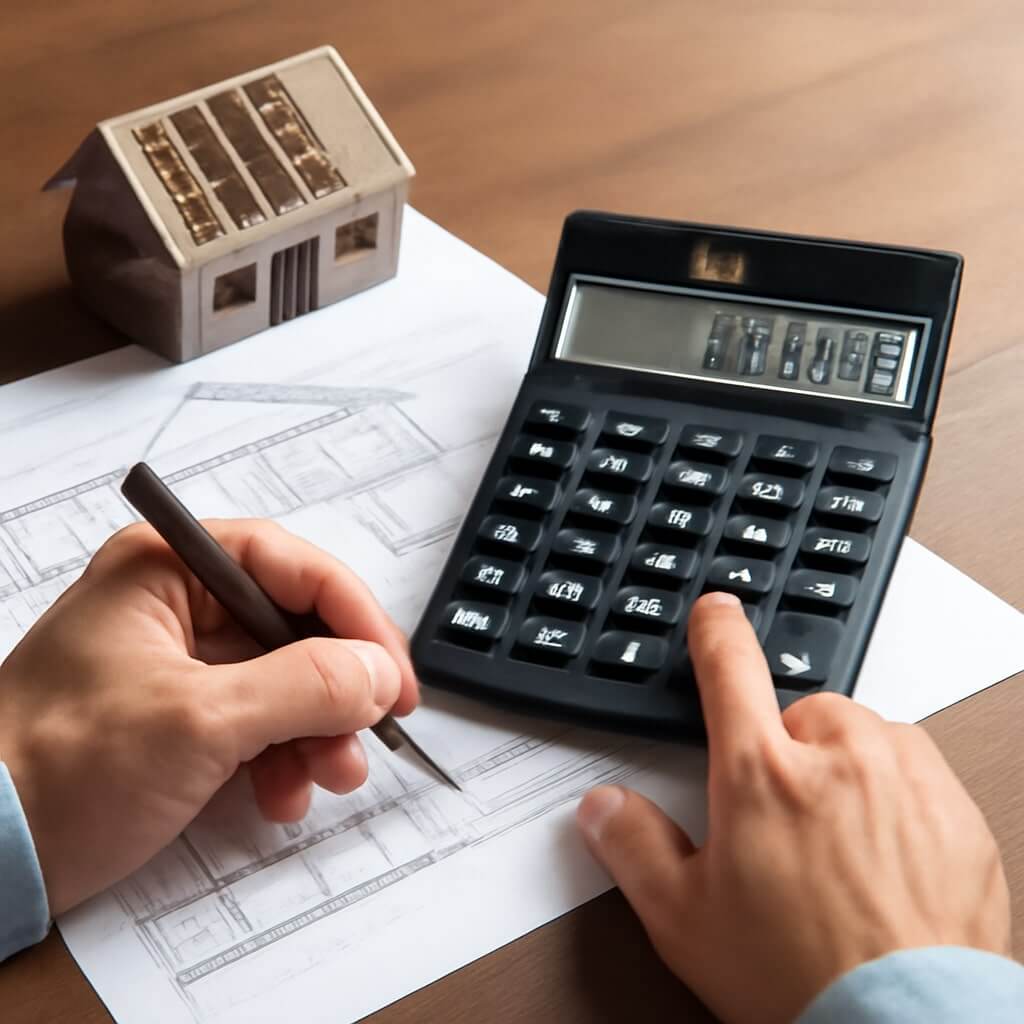Before you use a home addition cost estimator calculator, you need to understand how various factors can influence the accuracy of your estimates. It’s not just about plugging in numbers; you must consider local market trends, customizable options, and potential hidden costs. Each detail matters. If you overlook these elements, you might find yourself unprepared for the final budget. What insights can help you refine your estimates further?
Key Takeaways
- Ensure accurate input data for reliable estimates, as estimation quality heavily relies on the information provided.
- Familiarize yourself with local market trends, as calculators may not reflect specific regional pricing.
- Look for customization options in the calculator to adjust for materials, labor costs, and design specifics.
- Review the estimate breakdown carefully, checking for hidden costs and understanding each expense category.
- Prepare for additional costs beyond initial estimates, including contingencies for unexpected expenses.
Understanding the Factors That Influence Home Addition Costs
When planning a home addition, understanding the various factors that influence costs is essential for budgeting effectively.
Two primary factors are material quality and labor rates. Higher-quality materials not only boost durability but also elevate overall costs. For instance, opting for premium flooring or energy-efficient windows greatly impacts your budget.
Similarly, labor rates fluctuate based on location and contractor expertise. Skilled professionals command higher fees, but their experience can lead to superior results.
Evaluating the Accuracy of Cost Estimator Calculators
How reliable are cost estimator calculators when planning your home addition? Evaluating calculator reliability involves understanding the estimation methods used.
While these tools can provide a quick overview, their accuracy often hinges on various factors. Here are three key aspects to ponder:
The accuracy of cost estimator calculators depends on input quality, local trends, and customization options.
- Input Data Quality: Verify you input accurate measurements and information for precise estimates.
- Local Market Trends: Different regions have varying costs; the calculator’s database may not reflect your local market.
- Customization Options: Some calculators allow adjustments for specifics, enhancing reliability.
Key Features to Look for in a Cost Estimator
What essential features should you seek in a cost estimator to guarantee accurate budgeting for your home addition? First, prioritize a user-friendly interface that allows easy navigation and input of data.
A robust estimator should offer customization options, enabling you to adjust materials, labor costs, and design specifics. Look for calculators that provide detailed breakdowns, enhancing your understanding of expenses.
Additionally, consider those that incorporate local building codes and regulations for precise estimates.
Finally, a strong user experience, including responsive design and helpful support, can greatly impact your ability to effectively manage your home addition project’s budget.
How to Interpret the Results From Your Estimates
Interpreting the results from your cost estimates can make or break your home addition project. Understanding the estimate breakdown is essential for effective budgeting.
Understanding your cost estimates is crucial for the success of your home addition project and effective budgeting.
Here’s how to analyze your results:
- Examine the Estimate Breakdown: Look at labor, materials, and permits to guarantee all costs are accounted for.
- Conduct Result Comparison: Compare estimates from different contractors to identify discrepancies and get a realistic picture.
- Check for Hidden Costs: Assess any additional fees not included in the initial estimate to avoid surprises later.
Additional Costs to Consider Beyond the Estimate
While your initial estimate provides a solid foundation for budgeting your home addition, it’s vital to recognize that other costs may arise throughout the project.
Unexpected expenses, such as issues with permits or unforeseen structural concerns, can quickly escalate your budget.
Additionally, project contingencies, typically around 10-20% of the overall cost, are critical for covering these surprises.
Make sure you allocate funds for these potential costs to avoid financial strain.
Conclusion
Before diving into a home addition, you need to grasp the factors influencing costs and evaluate the estimator’s accuracy. Look for customizable features that align with your specific project needs. Interpreting the results accurately is essential, as hidden costs often lurk beyond initial estimates. By understanding these elements, you can better navigate the budgeting process and avoid unpleasant surprises. Ultimately, thorough preparation will enhance your chances of a successful and financially sound home addition.

